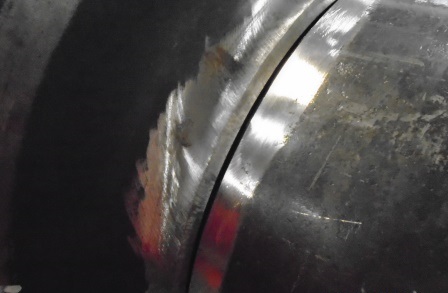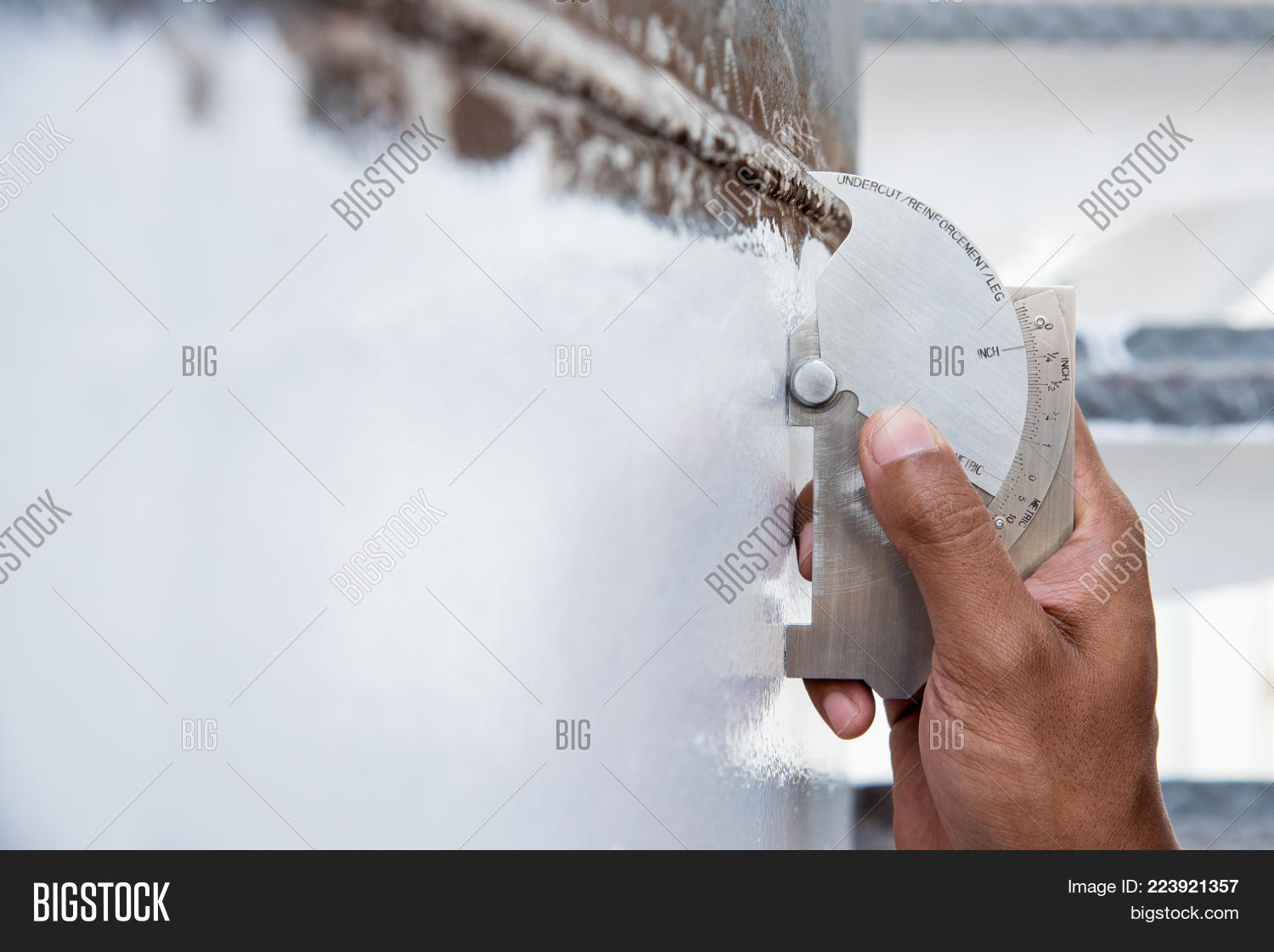Comprehending the Trick Actions In Tank Welding Inspection Procedures
Comprehending the Trick Actions In Tank Welding Inspection Procedures
Blog Article
An In-depth Overview of Storage Tank Welding Examination Standards and Methodologies for Improved Weld High Quality and Efficiency
The relevance of welding examination standards in the production of containers can not be overemphasized, as they offer as the foundation for making certain weld integrity and operational reliability. Various inspection techniques, including visual assessments and progressed non-destructive screening methods, are essential in recognizing possible problems that might compromise efficiency.
Relevance of Welding Assessment Standards

Welding evaluation criteria encompass a variety of standards, including product requirements, welding procedures, and credentials of personnel associated with the welding procedure. By imposing these criteria, organizations can systematically recognize and fix possible problems, consequently reducing the probability of pricey repairs or disastrous failings. Furthermore, extensive examination practices foster a society of liability and precision, motivating welders to keep high levels of craftsmanship.

Typical Welding Evaluation Methods


Ultrasonic Testing (UT) is another widespread technique, using high-frequency acoustic waves to detect inner problems that may not be visible on the surface. This technique is specifically effective for identifying spaces or incorporations within the weld metal. Magnetic Bit Testing (MT) is also extensively used, specifically for ferromagnetic materials, as it discloses surface and near-surface defects via the application of magnetic fields and ferrous particles.
In Addition, Liquid Penetrant Testing (PT) identifies surface-breaking flaws by using a penetrant to the weld and afterwards making use of a designer to extract the penetrant. Each of these methods contributes to a detailed evaluation approach, making sure that welds meet the rigid top quality criteria called for in container construction.
Regulative Standards and Compliance
Regulative criteria and compliance are crucial elements in making certain the safety and integrity of welded structures in tank building - Tank Welding Inspection. These standards serve to develop minimum demands for product homes, welding treatments, and inspection methods, therefore reducing the danger of architectural failings and enhancing general efficiency
Trick organizations, such as the American Society of Mechanical Designers (ASME) and the American Welding Society (AWS), offer standards that are commonly taken on in the industry. Compliance with these requirements not just ensures adherence to finest methods yet also meets lawful and legal commitments, securing the passions of stakeholders.
Regulatory bodies typically mandate adherence to details codes, such as ASME Code Area IX for welding credentials and API 650 for welded tanks. These codes describe demands for welding methods, qualifications of workers, and testing approaches to confirm weld honesty.
Routine audits and assessments are essential to keeping conformity, as they aid recognize inconsistencies from developed criteria. Non-compliance can cause substantial charges, task hold-ups, and safety and security threats. Hence, a durable understanding of governing criteria and a dedication to compliance are critical in achieving top quality and resilient welded container frameworks.
Non-Destructive Checking Techniques
Just how can the stability of welded structures be assured without creating damages? Non-destructive testing (NDT) methods supply a durable option, allowing inspectors to evaluate weld top quality without jeopardizing the material - Tank Welding Inspection. Amongst one of the most common NDT methods are ultrasonic screening (UT), radiographic screening (RT), magnetic fragment screening (MT), and dye penetrant screening (PT)
Ultrasonic screening employs high-frequency acoustic waves to find interior flaws and identify material residential or commercial properties. It provides exact dimensions and is particularly effective for thick products. Radiographic testing includes passing X-rays or gamma rays through the weld, producing images that disclose architectural problems such as splits or spaces. This method is vital for evaluating the honesty of complicated welds.
Magnetic particle testing is matched for ferromagnetic materials, where magnetic fields disclose surface area and near-surface suspensions. Color penetrant testing uses a fluid dye to highlight surface-breaking problems, making it a reliable method for non-porous products.
Each of these NDT approaches has distinct benefits, permitting for extensive analyses customized to specific products and welding procedures. By executing these strategies, industries can make sure the reliability and security of bonded frameworks, ultimately enhancing total my review here performance.
Enhancing Weld Top Quality With Evaluation
Efficient evaluation plays a crucial role in boosting weld top quality, functioning as a vital checkpoint in the manufacture process. By identifying possible defects early, evaluations alleviate the danger of endangered architectural stability and make certain conformity with sector standards. Employing a combination of visual examinations, non-destructive testing (NDT) methods, and mechanical assessments, inspectors can discover issues such as porosity, cracks, and incomplete fusion.
Implementing a durable examination method not just boosts the general high quality of welds however additionally promotes a society of liability amongst welders and producers. Regular training and qualification of examination workers make sure that they are geared up with the needed skills to recognize and address possible troubles successfully. This positive method minimizes rework Full Article and linked prices, eventually adding to predict effectiveness.
Additionally, comprehensive documents of assessment findings gives useful insights into reoccuring problems, facilitating continual enhancement in welding methods. By leveraging advanced modern technologies, such as automated ultrasonic testing or electronic read the full info here radiography, weld quality can be enhanced with a lot more precise evaluations. Finally, an extensive examination process is indispensable in attaining premium welds, making sure safety, integrity, and longevity in storage tank construction.
Final Thought
To conclude, the application of rigorous container welding inspection criteria and methodologies is necessary for guaranteeing weld honesty and efficiency. By utilizing a combination of aesthetic inspections, non-destructive testing methods, and adherence to governing standards, organizations can properly identify and reduce potential flaws. Cultivating a culture of liability among welders additionally boosts the quality of welding processes. Inevitably, these techniques add to minimized architectural failings, reduced repair costs, and enhanced functional performance within the industry.
Report this page